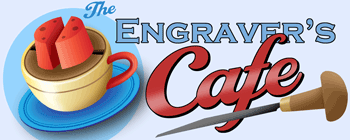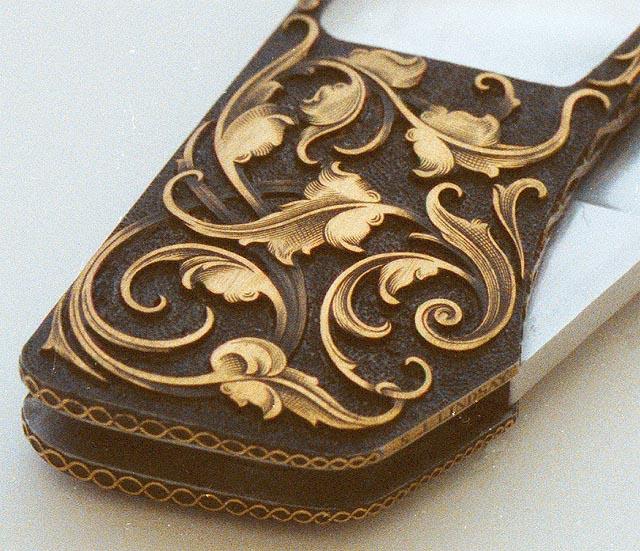On the last few engravings I've been doing I've been noticing quite a bit of the time I have been dragging my belly/heel thing accross the scroll edge I am still cutting before I get to the end of my turn.
I also have the problem of the rotary tool rubbing up lips of metal which I have to go back over and cut off or something.
When cutting deep relief with a deep background, the initial cuts cant be very deep because when the scrolls cross over one another you want the lines small so it's pretty.
So do you cut away beside the background with a 90 or 120 bevelled steeper or to the same angle you cut the initial scrollwork?
I often run into my scroll sidewalls with the rotary and try to recut them... would that be done best with any kind of graver that I can reduce the backdrag?
pictures coming
I also have the problem of the rotary tool rubbing up lips of metal which I have to go back over and cut off or something.
When cutting deep relief with a deep background, the initial cuts cant be very deep because when the scrolls cross over one another you want the lines small so it's pretty.
So do you cut away beside the background with a 90 or 120 bevelled steeper or to the same angle you cut the initial scrollwork?
I often run into my scroll sidewalls with the rotary and try to recut them... would that be done best with any kind of graver that I can reduce the backdrag?
pictures coming















